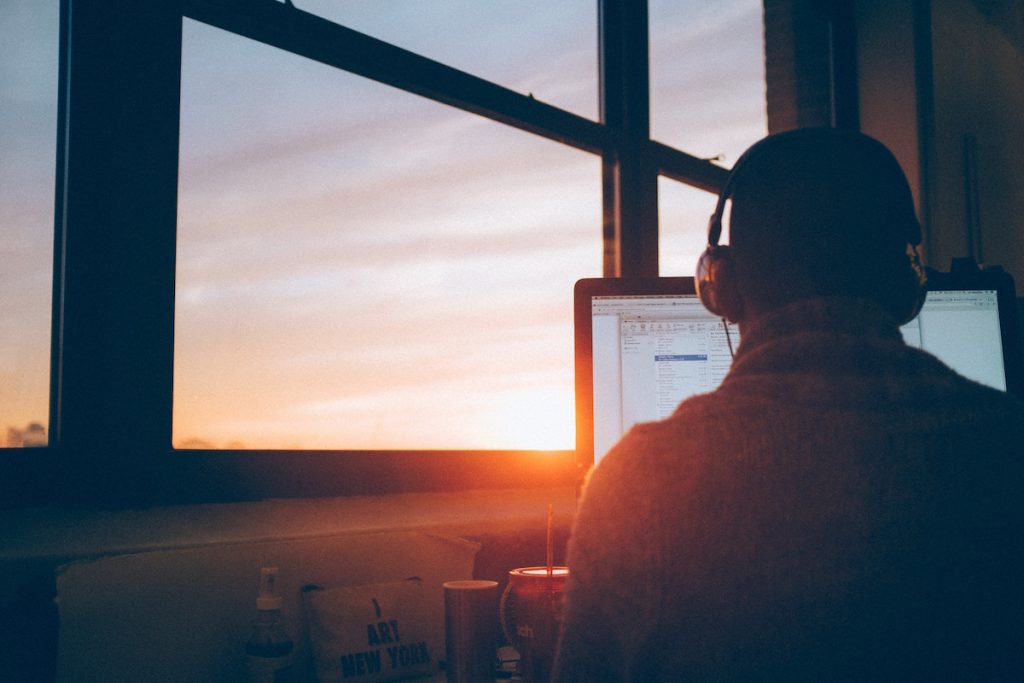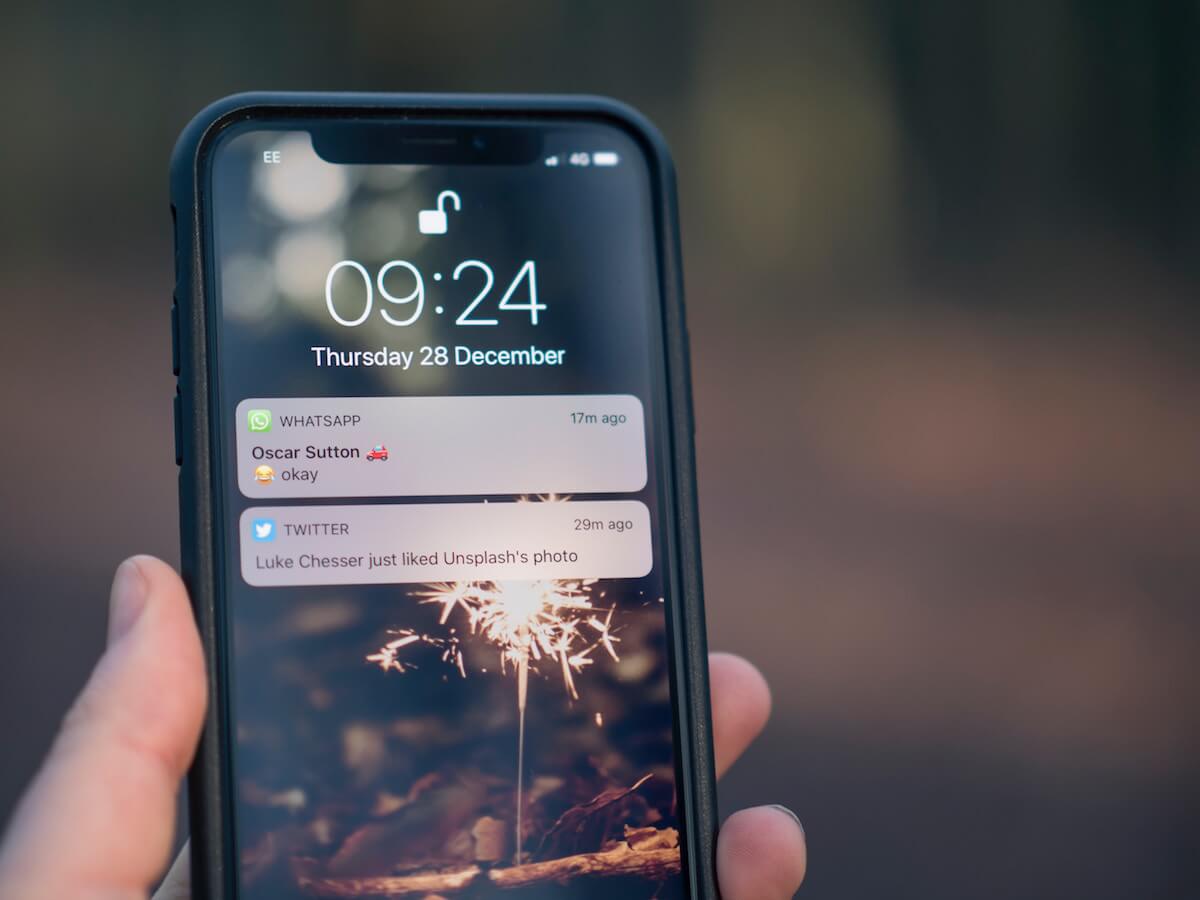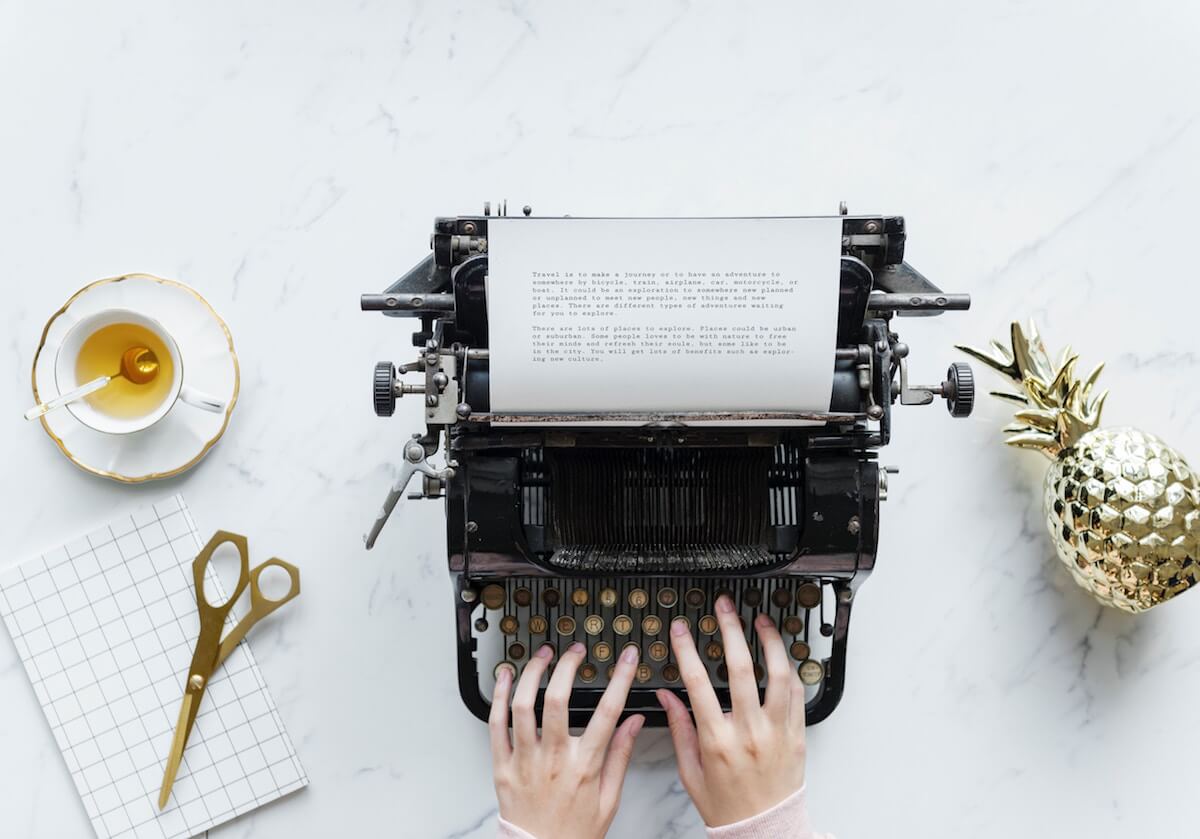How to find your state of flow and be more productive

There are days when I spend hours writing one paragraph of a blog post, and days when I write the whole thing in half an hour.
I never knew what that was – the moment when time gets lost and everything is just flowing effortlessly out of you. Until I found a video by Mihaly Csikszentmihalyi, a former psychologist at the University of Chicago, who calls this state of mind “flow.”
Want to get the most out of your time?
Try DeskTime for free!
Try free for 14 days · No credit card required.
By signing up, you agree to our terms and privacy policy.

What is flow?
It’s the optimum state of consciousness where we feel our best and we perform our best. We’re so focused on what we’re doing that everything else disappears.
Steven Kotler, the author of “The Rise of Superman: Decoding the Science of Ultimate Human Performance,” writes:
“In this state, we are so focused on the task at hand that all else falls away. Action and awareness merge. Our sense of self vanishes. Our sense of time distorts. And performance goes through the roof.”
The result?
One 10-year-long study found that executives are 5 times (that’s 500%!) more productive while in flow. The researchers suggest that by increasing the amount of time in flow by 20%, workplace productivity could double.

Now, to find your flow, you’ve got to find the right balance between your skill and challenge, the environment and time, boredom and anxiety. Atop of that, the state of flow requires you to turn off your conscious’ criticism, and just let the creative, right hemisphere of your brain loose.
Reaching the state of flow isn’t easy. The good news is – you can experience it more often by practicing. Therefore, here’s a step-by-step guide to help you find your flow:
Step 1: Identify one task to be done
Look:
Modern people are used to doing many things simultaneously, and in some situations that’s okay. However, when it comes to finding your flow – nothing kills it faster than multitasking.
Multitasking interferes with our ability to focus. By switching from one task to another, you don’t even notice the moment you lose your focus and end up checking Facebook or answering emails again.

So, the first step to getting into the state of flow is to identify the one task you’ll be focusing on. That way, you’ll have a clear goal in mind and you’ll be able to get into the right mood straight from the beginning.
However, to find your flow, not every task from your to-do list will do. The task you work on has to be:
- Something you love doing, otherwise you’ll find it hard to focus.
- Important or the hours spent in flow will be just a waste of time.
- Challenging but not too hard. If it’s too easy, you’ll get bored and start to look for distractions. If the task is too hard, you’ll lose motivation and start to procrastinate.
Once you’ve picked the task, the next step is:
Step 2: Find the right environment
Ask yourself – where am I the most productive?
- Do I work best at a table?
- In a library?
- In a coffee shop?
- In some quiet corner in the office building?
- At home?
The point is:
You need to pick a spot that you’ve tested out before and found to work best for you when you need to focus.
There are some people who are most productive when working from home. Some perform best when working in a coffee shop, despite (or because of) the constant buzz and noises. Others may not be able to leave the office and work remotely; for those, a soundproof meeting room might be an option.

What I’m saying is:
Choose a place that lets your brain turn off the outside environment so that you can more easily focus on the task at hand. And once you’ve found the location…
Step 3: Pick the best timing
To increase the chances of reaching flow, go to the location you’ve chosen when:
- it’s quiet
- you’re most energized
First, identify a time that’s quiet.
For example, if you work from the office, the quietest time with the fewest people around would be in the early mornings, in the evenings or during lunch break. Or – if you work from a coffee shop, midday might work better than early mornings when every office worker stops by to get their daily dose.

In other words, you want to escape interruptions and everything else that might steal your attention from the task at hand.
Here’s why:
Studies show that we need on average 25 minutes to get back into the swing after an interruption. Now, if you’re getting interrupted every couple of minutes and getting back into flow takes 25, you may never drift into the state of flow at all.
Pro tip:
Put on headphones and turn on some music. Music (try instrumental or video game soundtracks) is proven to boost focus, as it helps to turn off the ambient noise. Headphones, on the other hand, will discourage people from interrupting you.
Second, choose your peak energy time.
Coming to work early in the morning when the office is empty still won’t work if you’re a night owl and feel tired in the mornings. You need to find a time when your energy levels are high and you’re able to concentrate.
For example, as a night owl, I love to work in the evenings when all my team’s gone home and I finally feel awake. That’s the time I can go into flow in a matter of minutes, finish even the most complicated tasks and completely lose track of time.
Pro tip:
If you’re unsure which is your peak time, as a DeskTime user you can check your weekly or monthly productivity scale with the automatic time tracking feature. There, you’ll see when you’re most productive – use the information to schedule your “zone-out” time.
Step 4: Turn off all online distractions
By now, you have probably understood that avoiding distractions is one of the most important conditions for finding your flow. So, once you’ve found the perfect spot and timing, make sure you take care of online distractions as well.
That is:
- turn off all desktop notifications
- close all tabs that are unrelated to the task
- turn off or put away your phone
- etc.

You not only want to avoid reading messages and notifications; you don’t even want to know you’ve received them.
Here’s why:
One study by Florida State University found that receiving notifications is as distracting as responding to messages or answering phone calls. They discovered that even when people don’t react to notifications, their mind is already distracted.
Finally, when you’ve neutralized all possible distractions, the final step is…
Step 5: Get lost in flow
For some people, it takes 10 minutes to get into flow. For others, it can take an hour. The good news is, the more you’ll practice, the easier it gets.
Learning to focus on one thing and ignore everything else that’s happening around you takes time and practice – especially if you’re a hardcore multitasker. But don’t give up. Just keep bringing your focus back to your task.

And one more thing:
Once you’re in flow, don’t stop. That way, you’ll be thrown out of flow…and you never know when the next time will come. Don’t watch the clock – make the most of this productive state and work until you lose it.
Now, back to you. Do you have your own way to get into flow? Let us know in the comments below!
Did you find this article useful? Give it a clap!
Psst! You can clap more than once if you really loved it 🙂
